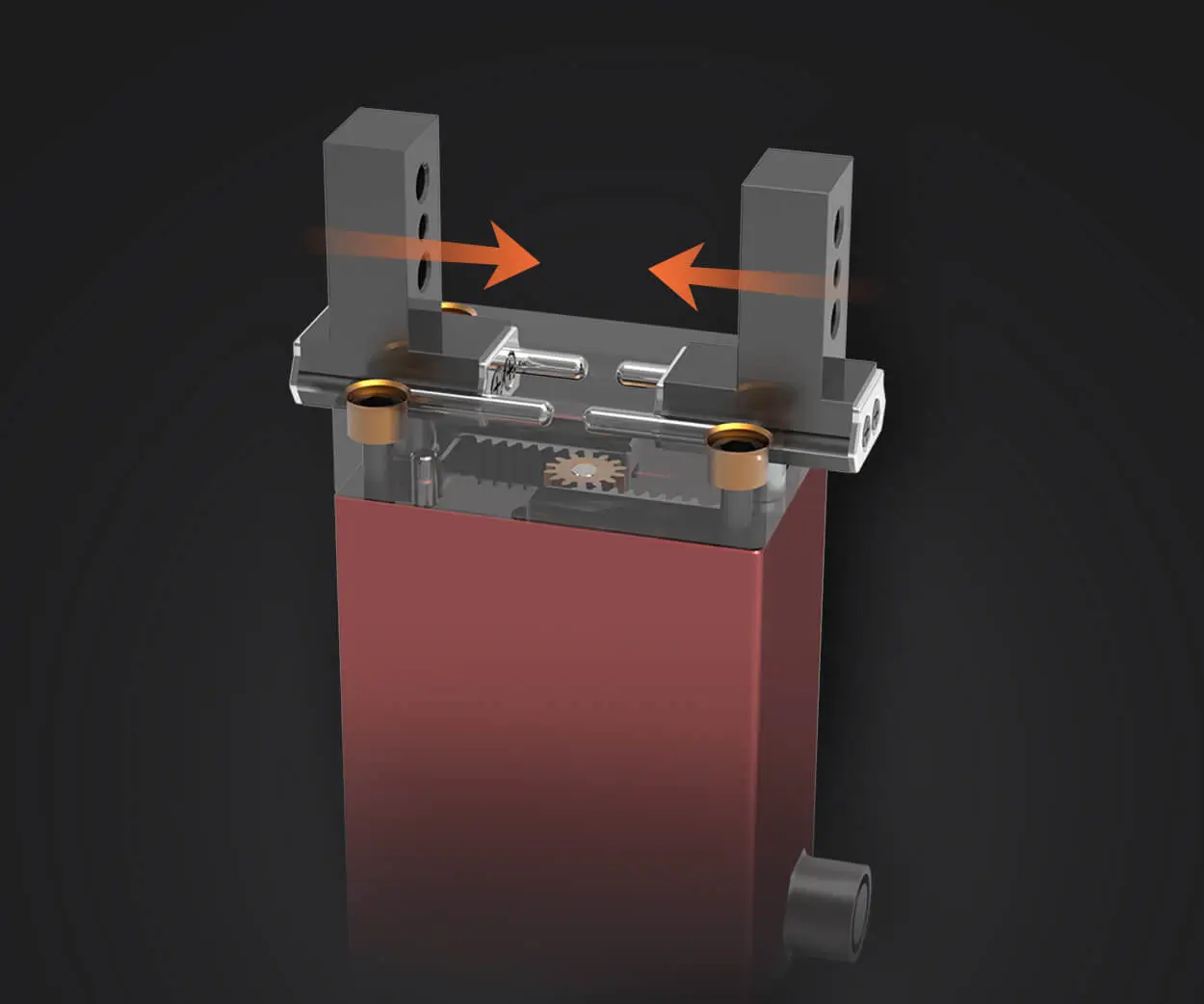Unleashing Power and Precision: The Dynamic World of BLDC Motors with Gearboxes
In the age of automation and technological advancement, the demand for smarter, more efficient, and more reliable motor systems has skyrocketed. Among the myriad of options available, the combination of Brushless DC (BLDC) motors paired with gearboxes stands out as a game-changer for industries ranging from manufacturing to robotics. But what makes this duo so compelling? Let's delve deeper into the world of BLDC motors with gearboxes and uncover why they are increasingly becoming the backbone of modern mechanical systems.

The Rise of BLDC Motors
At the core of this technological marvel is the BLDC motor. Unlike traditional brushed motors, BLDC motors operate without brushes, relying on electronic commutation instead. This design eliminates mechanical wear points, resulting in a longer lifespan, higher efficiency, and reduced maintenance costs. They are renowned for their precise control, high torque-to-weight ratio, and excellent speed capabilities, making them ideal for applications where accuracy and power are paramount.
Typically, BLDC motors come in various sizes and power ratings, but what sets them apart is their ability to deliver consistent performance under demanding conditions. Their electronic controllers enable smooth acceleration and deceleration, as well as seamless speed adjustments, making them a favorite in robotics, aerospace, medical devices, and industrial automation.
Why Combine a BLDC with a Gearbox?
While BLDC motors are incredibly capable, their raw power and speed are sometimes not perfectly aligned with the specific needs of certain applications. This is where gearboxes come into play, acting as precision power transmitters that modify the motor’s output to match precise requirements.
A gearbox essentially reduces the rotational speed while increasing torque. This gearing adjustment allows BLDC motors to operate efficiently at lower speeds while providing high torque at the output shaft. For example, in robotic arm joints or conveyor systems, where controlled, forceful movements are essential, gearboxes optimize the motor's performance.
By integrating a gearbox with a BLDC motor, engineers gain several advantages:
Enhanced Torque Delivery: Gears amplify torque, allowing motors to handle heavier loads without sacrificing speed or control. Increased Precision: Gearboxes can be designed with various gear ratios, enabling fine-tuned motion control suitable for delicate tasks. Improved Efficiency: Operating the motor at its optimal speed, combined with the gear ratio, reduces energy consumption and heat generation. Extended System Lifespan: Proper power transmission reduces stress on the motor, leading to less wear and tear, and longer service life.
Applications Spanning Industries
The synergy of BLDC motors with gearboxes is transforming multiple industries. In robotics, they enable precise movements for robotic arms, autonomous vehicles, and drone stabilization. In manufacturing, conveyor belts and automated machinery benefit from their high efficiency and reliability.
In the renewable energy sector, they are used in wind turbines and solar tracking systems where optimal orientation is necessary. Medical devices like imaging equipment and surgical tools also rely on this configuration for their quiet operation and precise control.
The combination is also increasingly common in everyday appliances, such as electric bicycles, where durability, efficiency, and seamless control are essential.
Choosing the Right Gearbox for Your BLDC Motor
Selecting an appropriate gearbox involves understanding the application's specific requirements, including torque, speed, size constraints, and environmental conditions. Gearboxes come in many types—worm, planetary, helical, spur, and harmonic—each with unique benefits.
Planetary gearboxes, for instance, are known for their high load capacity and compact size, making them suitable for robotics and automation. Worm gearboxes provide high gear ratios and self-locking features, often used in lifting mechanisms. Helical gearboxes offer smooth operation and are ideal for continuous, high-speed applications.
Matching the gear ratio is crucial; too high a ratio may cause sluggish response, whereas too low may not deliver enough torque. Engineers must balance gear precision and durability to optimize system performance.
Future Trends in BLDC and Gearbox Integration
As technology advances, the integration of BLDC motors with gearboxes is poised to become even more sophisticated. Innovations such as smart gearboxes with integrated sensors for real-time monitoring, adaptive control systems, and lightweight composite materials are set to redefine efficiency and performance.
Moreover, the emergence of modular and customizable gearboxes allows for tailored solutions across diverse applications, streamlining design processes and reducing costs. The pairing of BLDC motors and gearboxes exemplifies how innovation drives industry forward, delivering energy-efficient, high-performance solutions that adapt effortlessly to changing demands.
Kpower has delivered professional drive system solutions to over 500 enterprise clients globally with products covering various fields such as Smart Home Systems, Automatic Electronics, Robotics, Precision Agriculture, Drones, and Industrial Automation.




































